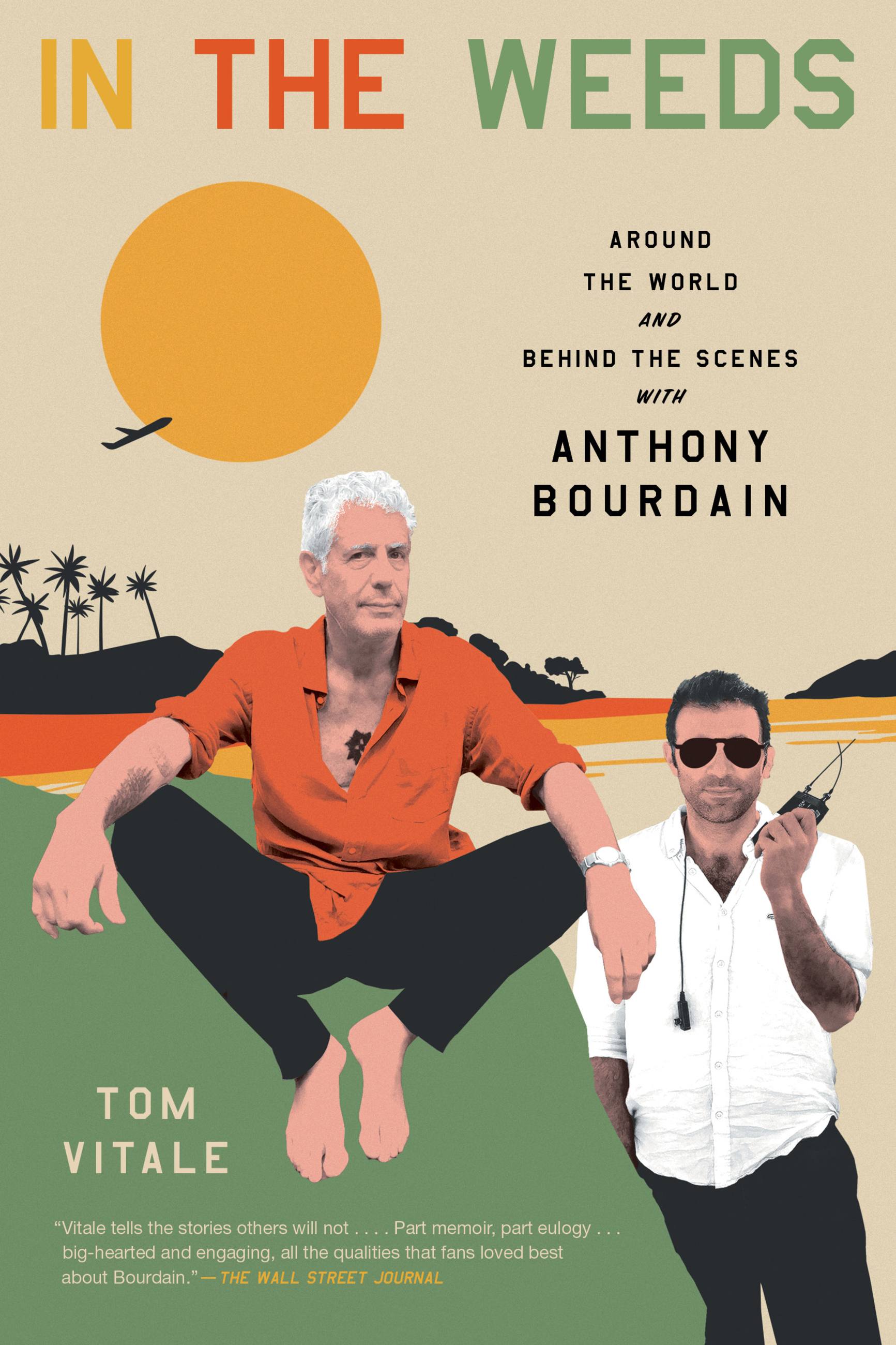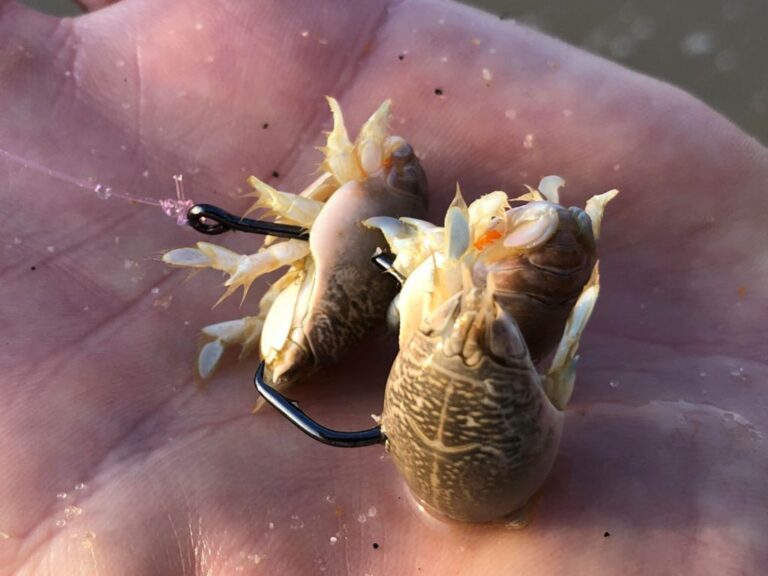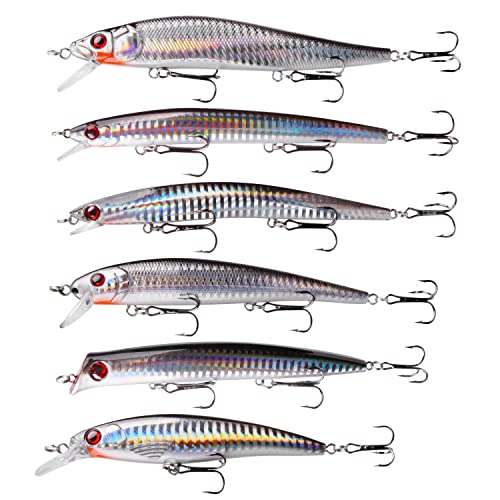The best time to go surf fishing is during high tide when the water is deeper and nearer to the shore, increasing the chances of catching fish. Surf fishing enthusiasts should plan their outings during high tide as it provides the ideal conditions for a successful fishing trip.
High tide brings the water closer to the shore, allowing for easier access to fish that are swimming closer to the beach. This is particularly important for surf fishing as casting a line from the shore is the primary method used.
The deeper waters during high tide also provide more cover for fish, making it more likely to encounter a catch. Therefore, if you are planning to go surf fishing, timing your trip during high tide will significantly increase your chances of a productive and satisfying fishing experience.

Credit: www.hachettebookgroup.com
The Influence Of Tides For Surf Fishing Success
Understanding The Relationship Between Tides And Surf Fishing
Surf fishing enthusiasts know that timing is crucial when it comes to maximizing their chances of a successful catch. Among the various factors that affect surf fishing, tides play a significant role in determining when and where the fish will be most active.
Understanding the relationship between tides and surf fishing can give anglers an edge when planning their fishing excursions.
How tides impact the habits and behaviors of fish:
- Tides influence fish behavior by creating movement in the water, stirring up food sources and attracting fish to certain areas.
- Rising tides push baitfish and other food sources closer to shore, which can create a feeding frenzy among predator fish.
- Falling tides expose sandbars, cuts, and other structures that fish use for cover and ambushing their prey.
The importance of choosing the right tide for surf fishing:
- Selecting the right tide is crucial for surf fishing success as it greatly impacts the availability and activity of fish.
- Timing your fishing trips during the peak periods of fish activity ensures a higher chance of successful catches.
- Understanding how different tides affect fish behavior can help you choose the most optimal time to go surf fishing.
High Tide: The Best Time For Catching Active Fish
During high tide, fish tend to be more active and are closer to shore, making it an excellent time for surf fishing. Here are some advantages of fishing during high tide:
Exploring the advantages of surf fishing during high tide:
- Fish are closer to shore during high tide, providing anglers with easier accessibility and better casting distance.
- The increased water depth allows predatory fish to come closer to the shoreline to feed, increasing the chances of hooking a big catch.
- The influx of water during high tide carries baitfish and other food sources towards the shore, attracting predatory fish and creating feeding opportunities.
Targeting species that thrive during high tide:
- Some species prefer high tide as it offers better hunting grounds and a more favorable environment.
- Fish such as red drum, striped bass, and flounder are known to be more active during high tide, making it the ideal time to target these species.
Low Tide: Unlocking The Hidden Opportunities
While high tide boasts its advantages, low tide should not be overlooked by surf anglers. Low tide can present unique opportunities for a successful fishing venture. Here’s how you can make the most out of it:
Strategies for surf fishing during low tide:
- During low tide, shallow areas, sandbars, and channels become more exposed, allowing anglers to target fish that seek these features for cover and ambushing their prey.
- Focus your casts on the exposed structures and deeper cuts formed during low tide, as they are likely hiding spots for fish.
- Pay attention to the changing water current during low tide, as fish tend to gather in areas where the water converges or eddies occur.
Identifying ideal locations for low tide surf fishing:
- Before heading out to the beach, it’s essential to study tide charts and identify areas with favorable low tide conditions.
- Look for sandy stretches, troughs, and inlets that can hold fish during low tide.
- Rocks, jetties, and other structures can also serve as productive spots during this time, as they create pockets of deeper water where fish seek refuge.
Best Times For Different Species
Different fish species have their preferences when it comes to tides. Understanding these preferences can significantly improve your chances of catching your desired target species. Here are a few factors to consider:
Factors affecting species preference for tides:
- Some species are more active during high tide, while others prefer low tide.
- The availability of food sources and the need for specific water depths influence a fish species’ preference for certain tide conditions.
Key species and their preferred tide conditions:
- Redfish and black drum tend to feed more actively during high tide when food sources are abundant and readily available.
- Pompano and flounder are often found cruising the shallows during low tide, taking advantage of uncovered sandbars and channels.
By understanding the relationship between tides and surf fishing, anglers can strategically plan their fishing trips for optimum success. Whether it’s targeting active fish during high tide or exploring the hidden opportunities during low tide, aligning your fishing efforts with the tide can make a significant difference in your catch rate.
So, next time you head out for a surf fishing adventure, take the tides into account and increase your chances of reeling in that trophy fish.
Factors Influencing Fish Feeding Behavior
When it comes to surf fishing, timing is everything. Understanding the factors that influence fish feeding behavior can greatly increase your chances of a successful catch. In this section, we will explore the seasonal patterns, the effects of temperature, light, and weather conditions, as well as the best time of day to go surf fishing.
Seasonal Patterns: Understanding The Impact Of Season On Fish Feeding
- Different fish species have varying feeding patterns throughout the year.
- During warmer months, fish tend to be more active and often venture closer to shore.
- In colder months, fish may migrate to deeper waters or become less active.
- Understanding the seasonal patterns of your target fish species can help you plan your surf fishing trips more effectively.
The Effects Of Temperature, Light, And Weather Conditions
- Fish are ectothermic, meaning their body temperature is regulated by the surrounding water.
- Warmer water temperatures can increase fish activity and metabolism.
- Fish are also influenced by the amount of light available, with some species preferring low-light conditions.
- Wind, rain, and cloud cover can affect water clarity and fish behavior.
Identifying The Best Seasons For Surf Fishing
- Spring and fall are generally considered the best seasons for surf fishing.
- These seasons offer a balance of favorable temperatures and fish activity.
- In spring, as water temperatures rise, fish become more active and move closer to shore.
- Fall brings cooler temperatures, often triggering fish migrations and increased feeding.
Time Of Day: Catching Fish During Their Feeding Times
- Fish have specific feeding times, which can vary between species.
- Capturing fish during their feeding periods greatly improves your chances of success.
- By understanding the feeding patterns of your target species, you can plan your surf fishing trips accordingly.
Morning Vs. Afternoon: Which Time Yields Better Results?
- Morning and afternoon can be productive times for surf fishing, but certain factors can influence the bite.
- In the morning, fish may be more active after a night of rest, searching for food.
- In the afternoon, warmer water temperatures and increased light can stimulate fish activity.
The Golden Hours: Maximizing Catch During Sunrise And Sunset
- Sunrise and sunset are often referred to as the “golden hours” for surf fishing.
- During these times, light conditions change, which can trigger feeding responses in fish.
- The low-angle sunlight during sunrise and sunset provides a camouflage advantage for anglers and can make fish less wary.
Weather Conditions: How Weather Affects Fish Feeding Habits
- Weather conditions can greatly impact fish behavior and feeding habits.
- Changes in temperature, barometric pressure, and oxygen levels in the water can influence fish activity.
- Understanding how weather affects fish can help you adjust your fishing strategies accordingly.
Wind, Rain, And Cloud Cover: Their Implications For Surf Fishing
- Wind can create wave action, which can disorient baitfish and attract predatory fish.
- Rain can wash food sources into the water, triggering a feeding frenzy.
- Cloud cover can provide a sense of security for fish, making them more likely to venture out and feed.
Finding The Ideal Weather Conditions For Successful Surf Fishing
- Ideally, you want a combination of factors for optimal surf fishing conditions.
- Light winds, moderate temperatures, and partly cloudy skies can create a conducive environment for fish activity.
- Monitoring weather forecasts and planning your surf fishing trips accordingly can increase your chances of a successful catch.
Whether you’re a seasoned surfer or a beginner, understanding the factors that influence fish feeding behavior is crucial for a fruitful surf fishing experience. By considering seasonal patterns, time of day, and weather conditions, you can maximize your chances of landing that prized catch.
So gear up, choose the right time, and head out to the surf for an unforgettable fishing adventure.
Moon Phases And Their Impact On Surf Fishing
The Lunar Connection: Understanding The Influence Of Moon Phases
Surf fishing enthusiasts have long observed a connection between moon phases and fish feeding habits. The gravitational forces exerted by the moon affect ocean tides, which in turn impact fish behavior. By understanding the lunar connection, you can strategically plan your surf fishing expeditions to increase your chances of a fruitful catch.
Let’s explore the role of moon phases in triggering fish feeding habits and identify the most productive moon phases for surf fishing.
The Role Of Moon In Triggering Fish Feeding Habits
- Fish are highly sensitive to changes in light, and moon phases play a crucial role in their feeding patterns.
- Moonlight affects the visibility of prey, making it easier for predatory fish to hunt during specific moon phases.
- The moon’s gravitational pull also influences the movement and behavior of marine organisms, attracting small fish and baitfish to the surf zone.
Identifying The Most Productive Moon Phases For Surf Fishing
- The new moon and full moon phases are considered the most productive times for surf fishing.
- These moon phases create optimal conditions for feeding, as the darkness of the new moon and the brightness of the full moon both trigger fish activity.
- During the new moon, predatory species take advantage of the darkness to hunt in shallower waters, making it an ideal time for night surf fishing.
- The full moon illuminates the water, making it easier for fish to spot prey and leading to increased feeding activity.
Full Moon: A Double-Edged Sword For Surf Fishing
The full moon phase may seem promising for surf fishing, but it comes with its own set of challenges and advantages. Let’s explore the pros and cons of fishing during the full moon.
Pros:
- Increased visibility due to the moonlight allows for better visibility of fishing conditions.
- Predatory fish are more active and opportunistic during this time, enhancing the chances of a successful catch.
- Larger fish are often attracted to the surf zone, providing the opportunity for a trophy catch.
Cons:
- Heavy moonlight can make fish more cautious and less likely to bite, resulting in a decrease in catch rates.
- Acute brightness might also make it difficult to use artificial lures effectively.
- The increased fishing pressure during the full moon can congregate fishermen in popular areas, leading to competition.
Tips For Maximizing Catch During Full Moon
To overcome the challenges and maximize your catch during the full moon, consider these tips:
- Fish during the early morning or late evening hours when the moon is still low in the sky, providing a better chance of attracting fish.
- Opt for natural bait that is more visible in the moonlight, such as live shrimp or cut bait.
- Adjust your fishing techniques for increased visibility, using lures with reflective or glowing properties.
- Explore less crowded fishing spots or try surf fishing from a kayak to access areas with less fishing pressure.
New Moon: A Prime Opportunity For Night Surf Fishing
The new moon phase presents an excellent opportunity for night surf fishing, especially for targeting nocturnal species. With limited moonlight, fish rely more on their other senses, making them more active and aggressive in their feeding habits.
Capitalizing On The Darkness: Strategies For New Moon Surf Fishing
- Focus on fishing during periods of complete darkness, from an hour or two before sunset until a couple of hours after.
- Target areas with structure, such as jetties or piers, where fish are likely to congregate in search of food.
- Use noise-making lures or bait with strong scents to attract fish in the absence of visual cues.
- Consider using glow-in-the-dark or phosphorescent lures to enhance visibility for both you and the fish.
Targeting Nocturnal Species During The New Moon
- Take advantage of the new moon phase to target species that are more active at night, such as striped bass, redfish, or snook.
- Choose bait that appeals to their nocturnal feeding preferences, like live eels or large dark-colored lures.
- Experiment with slower retrieval speeds to mimic the movements of prey in the dark.
By understanding the influence of moon phases on surf fishing, you can increase your chances of a successful outing. Whether you choose to fish during the full moon or capitalize on the darkness of the new moon, adjusting your strategies based on the moon’s influence will pave the way for an exciting and rewarding surf fishing experience.
Conclusion
To maximize your chances of success in surf fishing, timing is everything. While there is no definitive answer to the question of the best time to go surf fishing, understanding the various factors that affect fish behavior can greatly increase your odds.
First and foremost, consider the tides. Many experienced surf fishermen swear by the incoming tide, as this is when fish are often most active and feeding near the shallows. Additionally, pay attention to the time of day. Early mornings and late evenings tend to be prime fishing times, as the water is usually calmer and fish are more likely to be searching for food.
Weather conditions also play a significant role, with overcast days offering greater chances of success. Lastly, consider the season. Different types of fish are more prevalent during certain times of the year, so researching what species are in season can also guide your decision on when to go surf fishing.
By combining these various factors, you can increase your chances of having a productive and enjoyable outing. Happy fishing!






